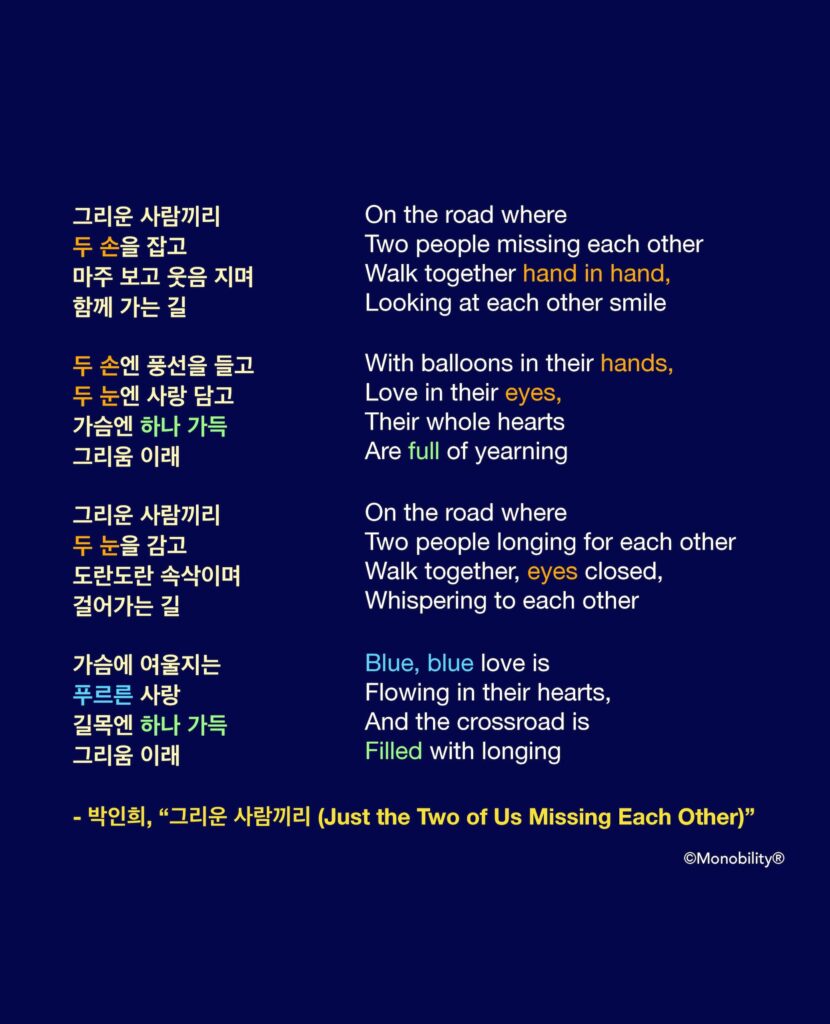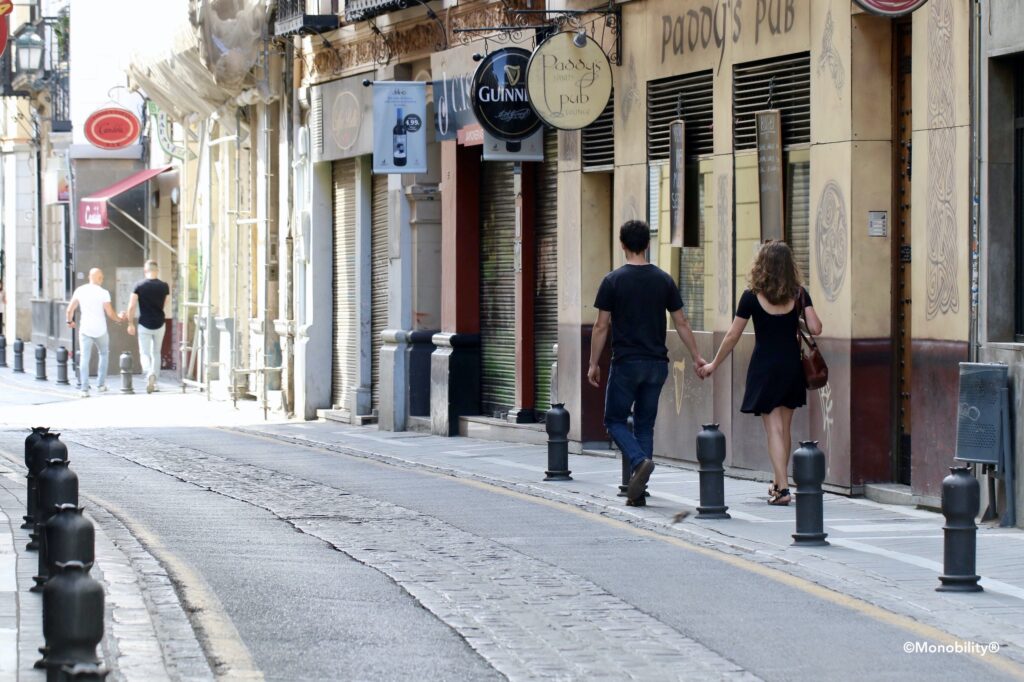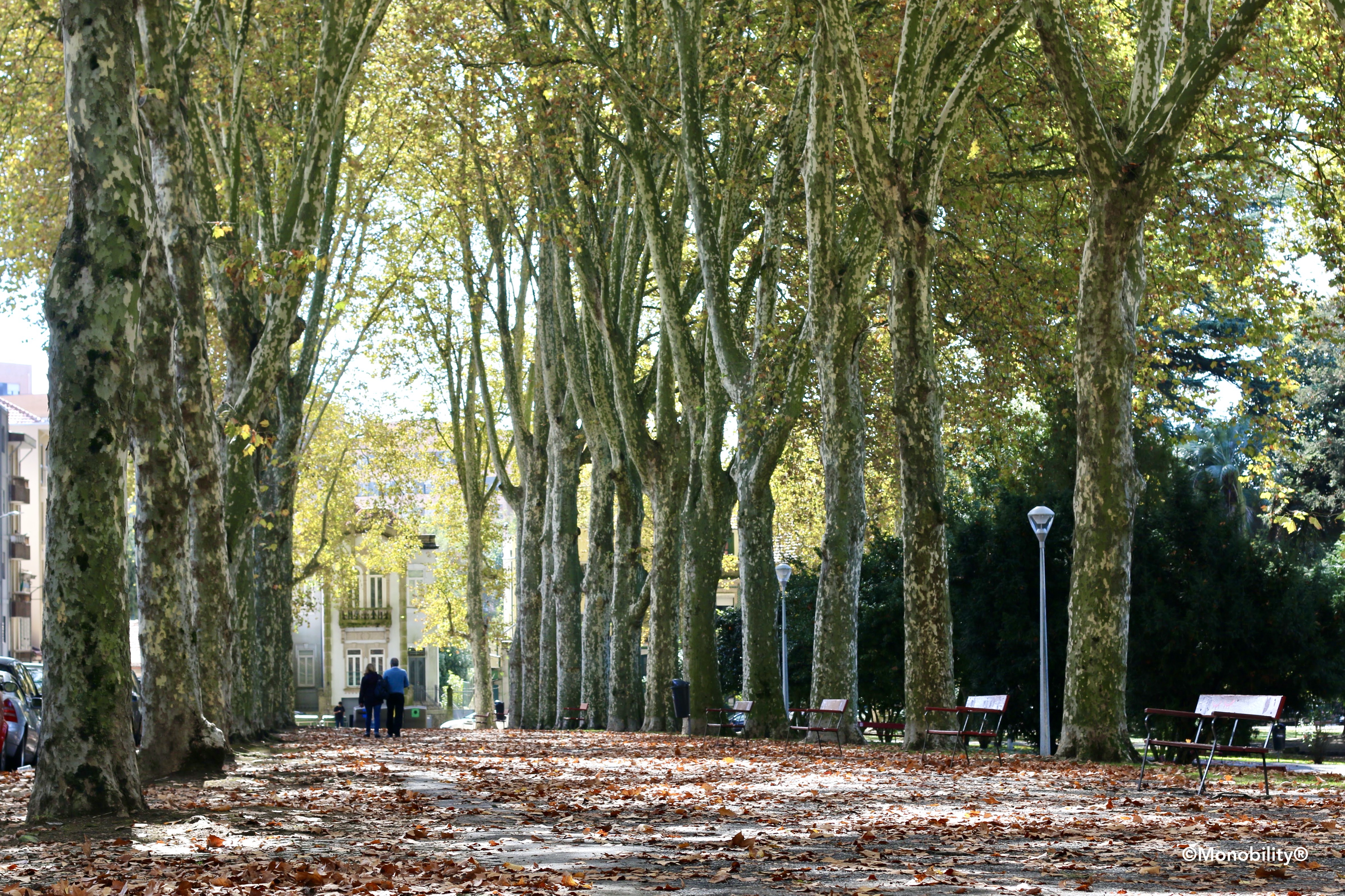- Numbers 1 and 2
Every student of Korean knows that 하나 means “one” in Korean. But did you know 하나 as an adverb can also mean “to the brim,” when it’s spoken with 가득 (full):
- 양동이 하나 가득 = a bucket filled to the brim = a bucketful of …
Koreans often use seemingly redundant numerals for body parts such as eyes, hands, ears and feet:
- 내 두 눈으로 똑똑히 봤어요 = I saw it clearly with my own (two) eyes.
- 너희 두 손 꼭 잡고 같이 와 = Come together, holding your (two) hands tight.
- 그 사람 말은 한 귀로 듣고 한 귀로 흘려 버리세요 = Ignore what he says ( = Let one of your ears hear what he says, and let it out through the other ear )
- Variations on the Theme of Basic Color Words
Many of you may already know basic color names from textbooks: 빨강, 노랑, 파랑, etc. In “real life” conversations, however, Koreans very often describe colors in much more variegated words. For example, the three basic colors can be expressed differently, depending on tint, tone, and shades 😀, and also on which words and situations they are applied to:
- Red: 빨갛다, 새빨갛다, 뻘겋다, 시뻘겋다, 검붉다, 벌겋다, 발갛다, 불그스레하다, 불그스름하다, 발그레하다, etc.
- Yellow: 노랗다, 샛노랗다, 누렇다, 싯누렇다, 노리끼리하다, 누리끼리하다, 노릇노릇하다, 노르스름하다, 누르스름하다, 노르무레하다, etc.
- Blue: 파랗다, 새파랗다, 파릿파릿하다, 파르스름하다, 퍼렇다, 시퍼렇다, 푸르다, 푸르르다, 푸르스름하다, 푸르둥둥하다, etc.
Of course in English and some other languages, there are various ways to describe colors, e.g., red, reddish, crimson, scarlet, etc. But as you can see above, Korean has particularly rich vocabulary for colors, all based on simple root words and their syllables 빨강, 노랑, 파랑, etc., like “Variations on the Theme of Basic Color Words.”

Speak the speech, I pray you, as I pronounc’d it to you, trippingly on the tongue.
Shakespeare, Hamlet, Act III
Check out our Facebook for much more:



